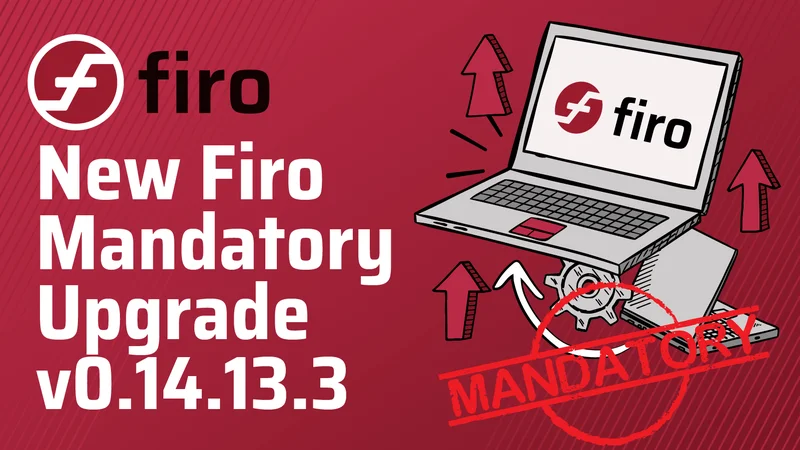Firo and California Water Management: Avoiding Water FOMO?
Lake Mendocino's Water Storage Boost: A Triumph of Forecasts or a Statistical Mirage?
Beyond Guesswork: The Allure of FIRO
The U.S. Army Corps of Engineers is touting a significant upgrade to the water control manual for Coyote Valley Dam and Lake Mendocino, implementing what they call Forecast-Informed Reservoir Operations (FIRO). The promise is enticing: better flood control and increased water supply security, all thanks to advanced weather forecasting. Representative Huffman calls it moving "beyond outdated guesswork," but as any analyst knows, claims like that are where you need to dig in.
FIRO, at its core, is about using weather forecasts to make smarter decisions about when to release water from reservoirs. Instead of relying on fixed, calendar-based rules (which, let's be honest, are pretty blunt instruments), operators can now adjust water levels based on predicted rainfall and snowmelt. The claim is this allows for an additional 11,650 acre-feet of water storage "at USACE discretion." That's a headline number, so what does it really mean?
The initial results are compelling. FIRO was tested during Water Year 2020, a notably dry year, and reportedly enabled a 19% increase in water storage – more than 11,000 acre-feet. But here's the question that immediately jumps out: how much of that increase is solely attributable to FIRO, and how much is simply due to natural variations in weather patterns that year? It’s like claiming your new stock-picking algorithm is a success after one good week; correlation isn't causation.
Atmospheric Rivers: A Blessing and a Curse
A key element of FIRO is its reliance on improved forecasting of atmospheric rivers, those intense weather phenomena that can deliver both torrential rainfall and devastating droughts to the West Coast. We're told that advances in forecasting these events, thanks to efforts like CW3E’s Atmospheric River Reconnaissance Program (a partnership involving "Hurricane Hunters," no less), have "significantly improved forecast reliability." New forecast-informed decision-making tool implemented at Coyote Valley Dam and Lake Mendocino
The problem is, even with these advances, forecasting atmospheric rivers remains a complex challenge. These storms are notoriously unpredictable, and even small errors in predicting their landfall location or intensity can have major consequences for water management. If you overestimate an incoming atmospheric river, you might release too much water from the reservoir, leaving you short when the storm doesn't deliver as much as expected. Underestimate it, and you risk flooding.

This highlights a critical point: FIRO isn't a magic bullet. It's a tool, and like any tool, its effectiveness depends on the skill and judgment of the operator using it. The revised water control manual allows for discretion, meaning the USACE still has to make the call. And those calls are only as good as the forecasts they're based on. (I've looked at enough weather models to know they're hardly infallible.)
The article also mentions that Sonoma Water is the "local cost-sharing partner" and determines water releases when levels are in the water supply pools. What's the incentive structure here? Are they incentivized to prioritize water storage over flood control, or vice versa? Understanding those dynamics is crucial to assessing the true impact of FIRO.
The second article mentions the potential challenges of implementing FIRO, including the need for specialized expertise and a culture shift away from traditional, calendar-based operations. It also notes that FIRO can't simply be copied from one watershed to another; each implementation requires tailored approaches based on local conditions. This raises another question: how scalable is FIRO? Can it be successfully implemented in other regions with different climates, topographies, and reservoir characteristics?
A Smarter Use of What We Already Have?
The article concludes by suggesting that FIRO represents "a fundamental shift in how we think about infrastructure," arguing that it's a smarter use of existing resources than simply building bigger dams or higher levees. That's a nice sentiment, but it's also a bit of a false choice. FIRO isn't a replacement for traditional infrastructure; it's a complement to it. It can help us manage water resources more efficiently, but it can't eliminate the need for physical infrastructure altogether. The snowpack percentages are a good example, with the North getting 120% and the South only 84%. We can say this is relatively good news, but we also have to remember that the last three years of near-average snowpack followed a severe drought from 2020 to 2022, the driest three-year period ever recorded in California. (That's a parenthetical clarification for you.)
So, Is It Really a Game Changer?
The truth, as always, is somewhere in the middle. FIRO is undoubtedly a step in the right direction, but it's not a panacea. It's a promising approach to water management that has the potential to improve both flood control and water supply security, but its success depends on a number of factors, including the accuracy of weather forecasts, the skill of reservoir operators, and the specific characteristics of the watershed in which it's implemented. The claim that FIRO led to a 19% increase in water storage during a dry year may be technically true, but it's also potentially misleading. A more accurate assessment would require a more rigorous analysis of the data, taking into account all of the relevant variables.
A Statistical Blip, or a Real Trend?
It's too early to declare FIRO a resounding success. We need more data, more analysis, and a healthy dose of skepticism. The initial results are promising, but they're just that – initial.
Tags: Firo
bitcoin price: what's driving it?
Next PostCava's Forecast Cut: Profitability vs. Reality
Related Articles
